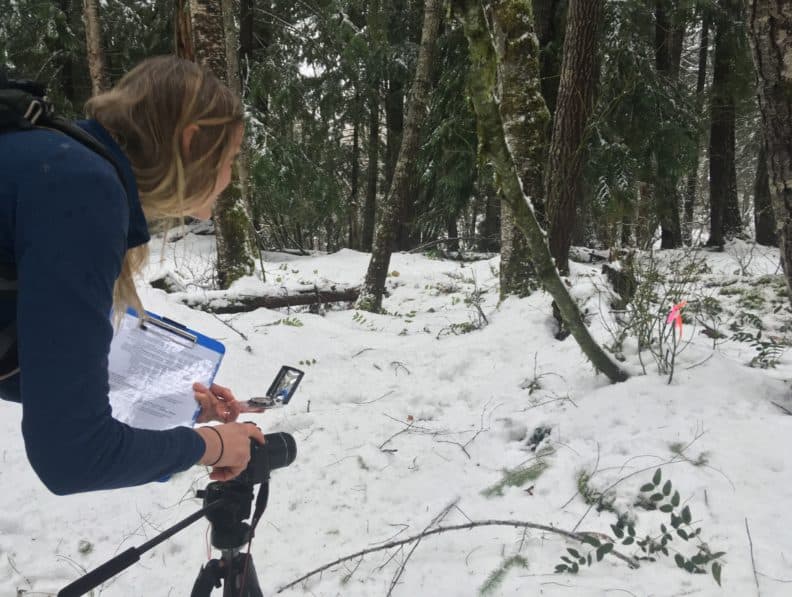
Why Phenology Matters
Encouraging people to pay attention to the world around them is foundational to environmental education. There are myriad ways to achieve this – through solitary reflection, nature walks, hands-on stewardship, but there is no single way to engage people. One way to encourage awareness is to have participants collect information for large research projects, essentially crowd-sourcing data, by contributing to citizen science.
Citizen science projects recruit non-professionals to help scientific research. Ideally, in the realm of environmental science and education, this gives the public ownership of important studies in and around their homes, as well as provides context for their own stewardship of place. Over the past year of our Graduate M.Ed. Residency, our cohort has been engaged in a citizen science project at the Environmental Learning Center and the Blue House in Marblemount in partnership with North Cascades National Park.
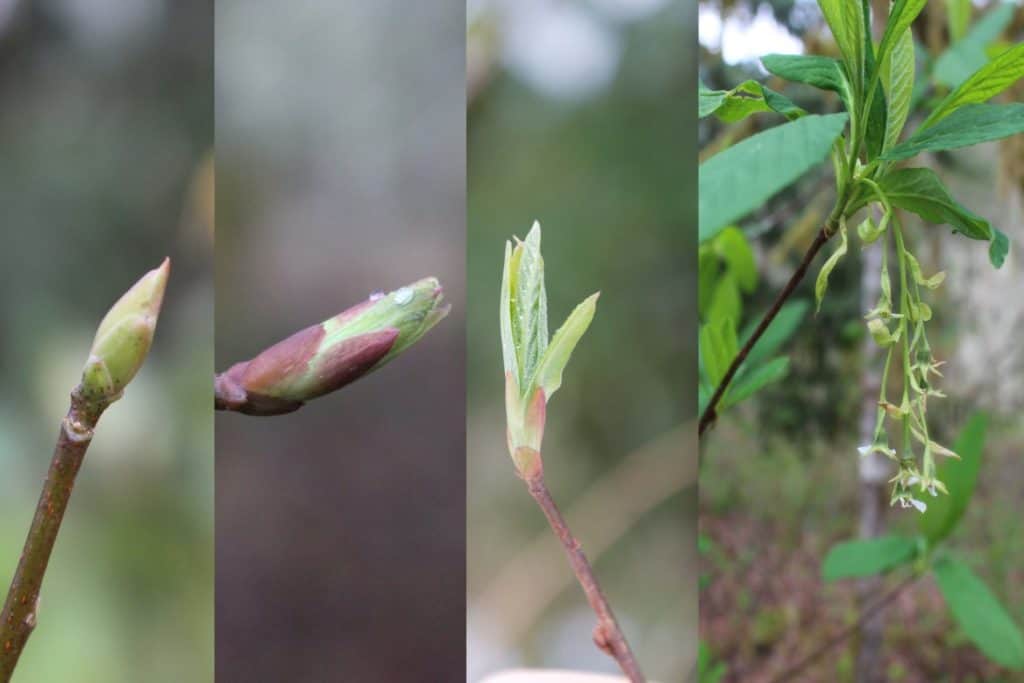
The USA National Phenology Network is a working group partnered with organizations all around the country to collect, analyze, and share phenology data. For the past three years, graduate students with the North Cascades Institute have recorded data on the phenologies of local native plants. Phenology is the timing of annual cycles in the natural world, like when plants flower or certain birds start singing. To track phenology, we go out once a week to our sites, take photos, record information about the plants we’re observing, as well as make general observations about the goings on at each site, both in terms of the organisms present and the environmental conditions.
One might wonder why we should be paying attention to phenology at all, or at least why it should be a national effort. Timing is everything in the natural world. Plants bloom when the risk of frost has passed. Pollinators emerge when host plants bloom. With climate change threatening natural cycles worldwide, studying phenology can help us see emerging patterns.
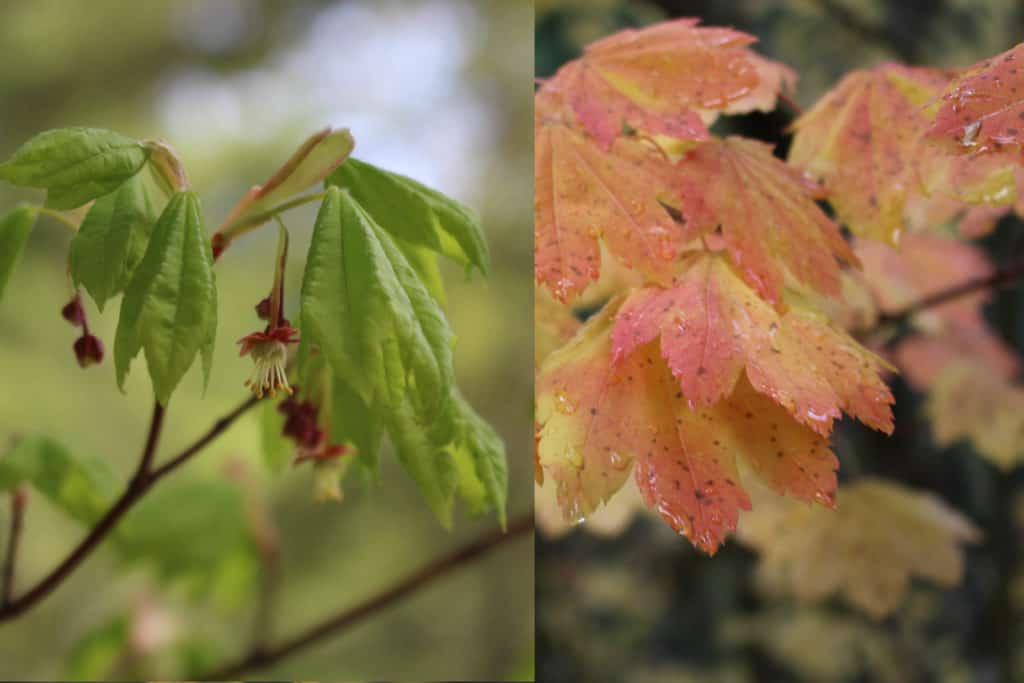
Phenology relates directly to human-centric things like food production. Over 150 crops in the US require pollinator and if timing between flowering and their primary pollinators is thrown off, there could be serious ramifications for agriculture. Imbalances can also promote crop pests, or provide challenges for plants that rely on seasonal rain or annual temperature fluctuations. Phenological studies can also provide insight into human disease, allergens, and processes like carbon cycling.
Bringing this back to our native plants, there’s also good reason to focus on their phenologies. Climate change can, and will, alter the natural heritage of places like the North Cascades. If we are serious about stewardship, phenology can help. By recording the timing of buds breaking, flowering, and fruiting in species like vine maple (Acer circinantum) as citizen scientists, we are helping keep an eye on things. Keeping track of common plant phenologies is as vital as watching the rare gems that grace the ecosystem. If something goes wrong with common species, there could be serious cascading effects.
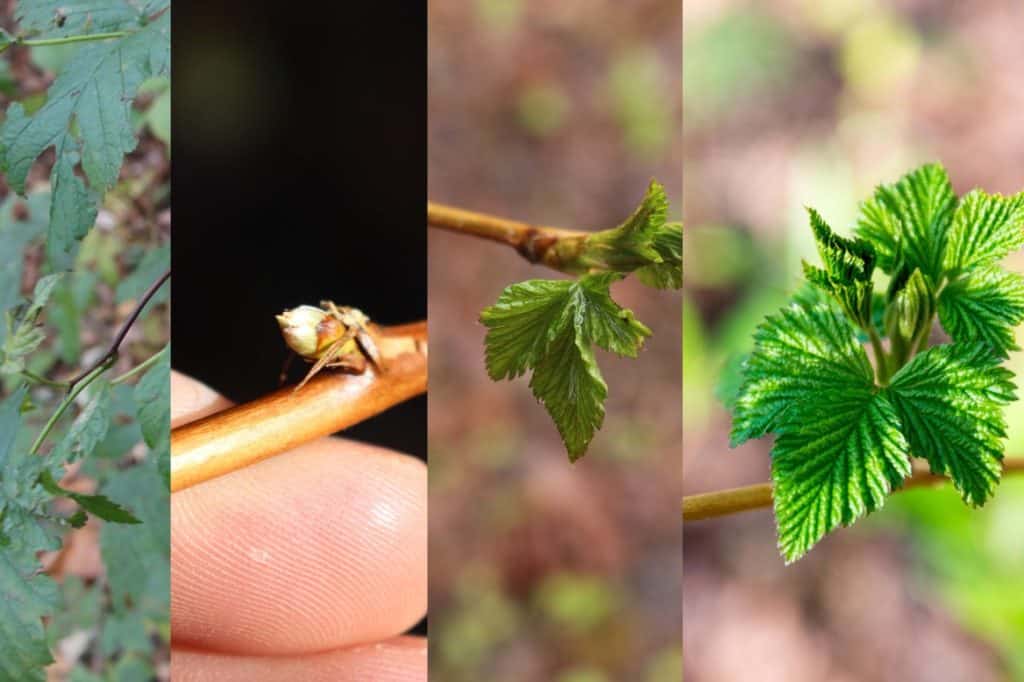
I hope to find a job facilitating citizen science projects post graduation because I think this is such important work. Myself and two other graduate students have been more involved in our phenology project as part of work study. So far as a cohort we’ve had 28 weeks of data collection from five different sites, collecting nearly 5000 data points for the project, and taking hundreds of photos of our focal plants. Yet, the data collected isn’t the only value of contributing to the project. A huge benefit to me, and I would hazard, the rest of my cohort, is simply getting us to pay attention.
Many of us did not grow up in this ecosystem or this state. Recording phenology has been a lens for discovery. I’ve watched with excitement as plants that were bare twigs all winter exploded into flower and leaf. This excitement has translated into paying deep attention to all the seasonal changes up and down the Skagit watershed. Getting to engage in this has greatly deepened my graduate work, even though I came to this graduate program as lifelong resident of Western Washington and an enthusiastic naturalist.
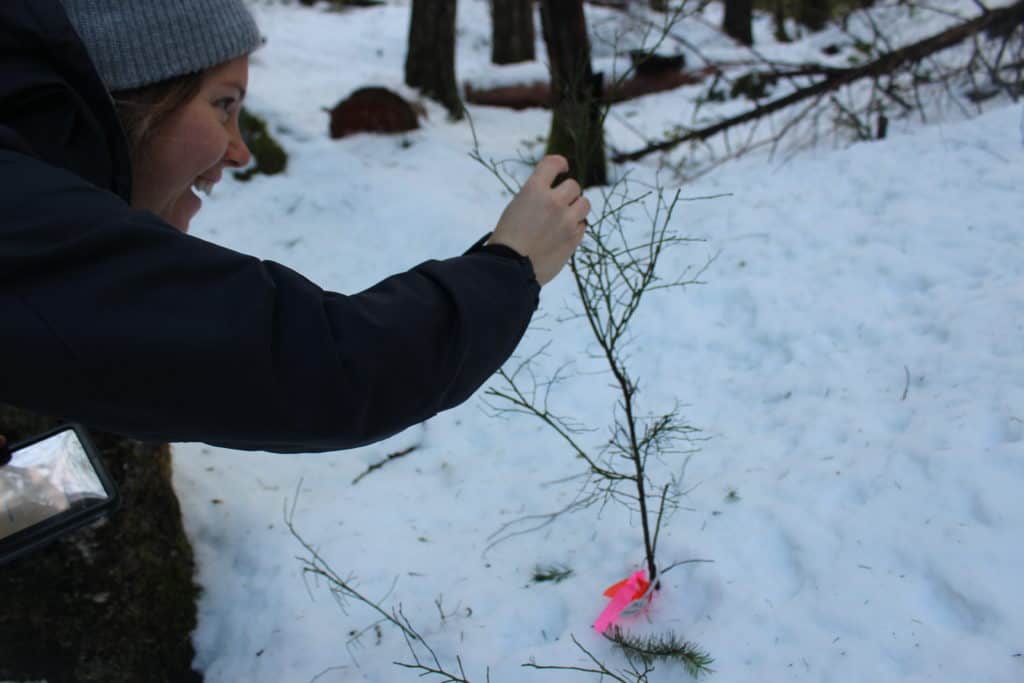
I cannot emphasize enough, the value of crowdsourcing data for things like conservation work, but I don’t think that’s the sole worth of citizen science. If we want to build local stewards as environmental educators, the real opportunity of citizen science is in deepening knowledge and giving ownership of research to the general public. Learning to see beauty in simple observations may not be the point, but it’s certainly the reward.
Brendan McGarry


Comments